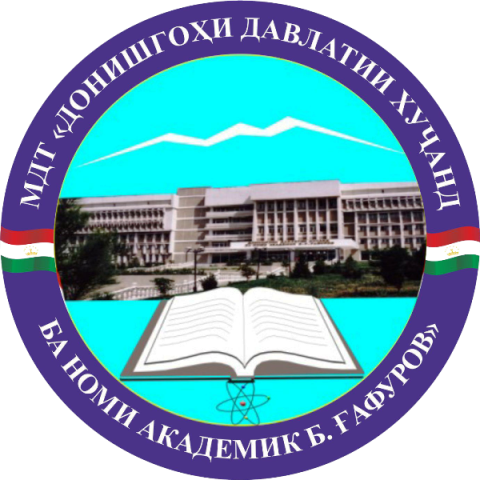list (humanitarian 2023)
SOINUDDIN KHUJANDI`S COMMENTS ON THE POETRY OF IBN FARIZ
 
Authors: Mirzoev Sadriddin Kholovich, ┬ácandidate of philological sciences,┬á associate professor of the department of Tajik classical literature, SEI ÔÇ£KSU named after acad. B. GafurovÔÇØ (Tajikistan, Khujand),
JOURNAL NUMBER: 2(75). YEAR OF ISSUE: 2023.  LANGUAGE OF THE ARTICLE: Tajik
 ANNOTATION
The article is devoted to the study and consideration of the artistic value of the Persian-Tajik-Arabic commentary by Soinuddin Khujandi to the qasida "Nazm-ud-durar" by the famous Arab poet Ibn Fariz.It was mentioned that Khoja Soin explained 760 bayts of Ibn Fariz's Qasida "Nazm-ud-Durar" using the verse-by-verse analysis method, and at every opportunity he quoted Qur'anic verses and prophetic hadiths, and then translated and interpreted them from the verses of the great poets of Persian and Arabic languages, he cites as a witness a verse that has a logical connection with the cited verses and hadiths. It was emphasized that Soinuddin Khujandi, in addition to being a prolific writer, also had a strong hand in the interpretation of mystical works and the translation of famous works of Arabic literature.He explained and translated the enduring text and the power of mystical literature, which is the best way to look at this text. The commentary on "Nazm-ud-durar" by Soinuddin Khujandi is one of the most important commentaries written on this qasida, and the writer himself is the best connoisseur of the poetry of Ibn Fariz. When writing this work, especially when explaining the specific mystical and philosophical features of the ÔÇ£Nazm-ud-durarÔÇØ qasida, we notice that Khoja Soinuddin is recognized as a good commentator on literary and mystical works, and this style is the result of painstaking work and thought of an art writer.
KEY WORDS
Sonuddin Khujandi, comments, poetry of Ibn Fariz, qasida, Persian-Tajik and Arabic literature
 ðÉð¢ð│ð╗ð©ð╣Ðüð║ð©ð╣
ðÉð¢ð│ð╗ð©ð╣Ðüð║ð©ð╣
 ðóð¥ÊÀð©ð║Ëú
ðóð¥ÊÀð©ð║Ëú  ðáÐâÐüÐüð║ð©ð╣
ðáÐâÐüÐüð║ð©ð╣ 
